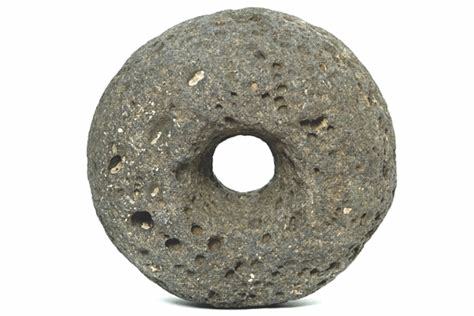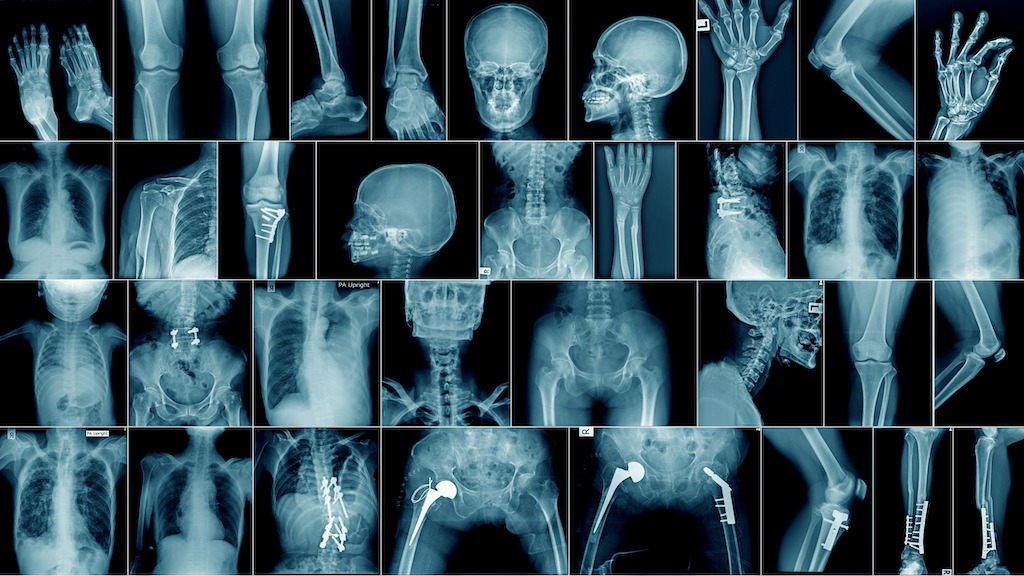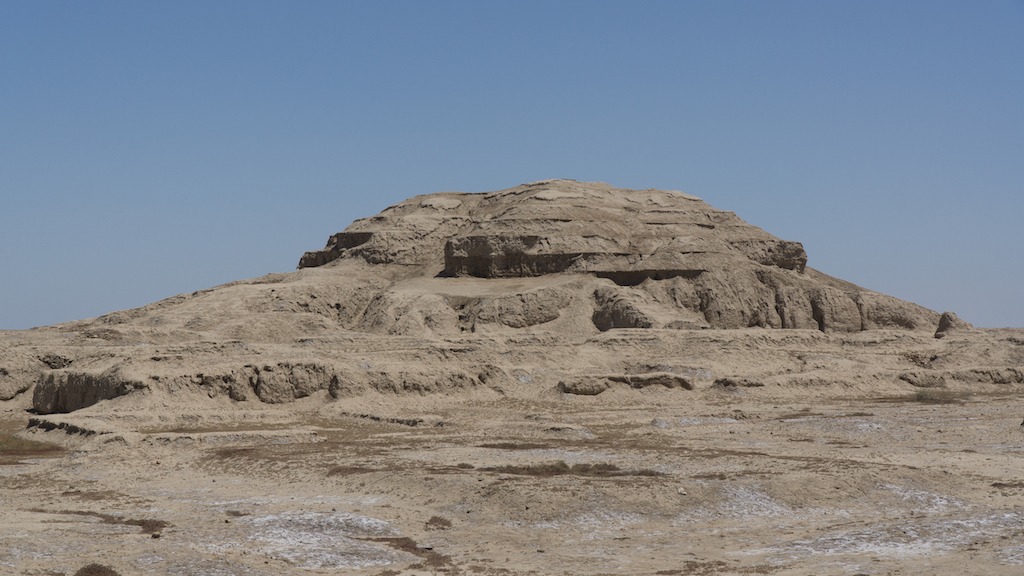Big wheel keep on turning .... Oh the song in my mind while I write this. So what is interesting about the wheel? The wheel is at the core of modern transportation, and so much more. The invention of the wheel has become a cultural trope, used to refer to prehistoric times, but did the wheel actually have an inventor?
We do have an "oldest wheel yet found." In 2002 Slovenian archaeologists uncovered a wooden wheel some 12 miles (20 km) southeast of Ljubljana. It was established that the wheel is between 5,100 and 5,350 years old. This makes it the oldest in the world used for transportation. A stone potter's wheel has been found at the Sumerian city of Ur, in modern-day Iraq, dated to about 3129 BC, and fragments of wheel-thrown pottery around 5,500 years old have also been discovered, evidence that the use of the wheel is even older — at least for pottery.
When was the wheel invented?
Who was the inventor of the wheel? Mesopotamian cultures are believed to have been the original inventors of wheels, though that premise is based solely on existing archaeological evidence. The Mesopotamian civilization used these early wheels for pottery creation. It was another 2,000 years or so before the Ancient Greeks developed the idea of the wheel enough to put them to use carrying loads.
The first wheels and axle carts designed by the early Greeks were very basic in construction. They essentially consisted of just two rods, with a wheel and an axle on the end. They could be used to carry large loads through fields.
Since the oldest known wheels date to around 3,500 BC, that means that their invention post-dates the invention of agriculture, boats, and woven cloth. From a period standpoint, this puts the invention of wheels sometime between the Neolithic and Bronze ages.
What is the importance of the wheel?
One reason why it may have taken so long to invent the wheel is that wheels and axles are not found in nature. Tools like levers or pitchforks are based on things that occur naturally, such as forked sticks. Although tumbleweeds and dung beetles use rolling, rolling is of little practical use without an axle.
The tricky thing about the wheel is not conceiving the notion of a cylinder rolling on its edge. It's figuring out how to connect a stable, stationary platform to that cylinder without impeding the cylinder's movement. Once early civilizations realized how much easier transportation would be with the wheel and axle, it becomes clear why the wheel was invented.
A closer look at the invention of the wheel and axle
In around 1975, archaeologists discovered the Bronocice pot, a ceramic vase uncovered in a Neolithic village in Poland. It is believed to date to between 3,635 and 3,370 B.C., and it features the earliest known depiction of what is likely a wheeled vehicle. If accurate, this means that the use of the wheel and axle may have first appeared somewhere in the Eurasian steppes. In fact, many words associated with wheels and wagons derive from the language of the Tripolye people, who lived in modern-day Ukraine.
The first carts with wheels and axles involved a fixed wheel and axle design, where the wheel and the axle turned together. Essentially, pegs were used to hold the wheel and axle in place, and all of the movement was done by this combined axle-wheel. It wasn't until later in wheel history that carts were designed which used holes, rather than pegs, to hold the axles in place.
This is harder because, in order to make a fixed axle with revolving wheels, the ends of the axle and the holes in the center of the wheels needed to be almost perfectly smooth and round. Otherwise, friction would prevent the wheels from turning.
The axles also had to fit snugly inside the holes in the wheels, but remain loose enough that they were free to rotate. This is why the development of the axle probably only took place after around 3,500 B.C. when the first copper chisels and gauges were created to allow the fine-fitted holes and axles to be chiseled.
At this point, the wheel had essentially evolved into what it is today, except that these wheels were made of wood and not of rubber and metal.
The modern wheel
Wheels today are practically nothing like early wheel designs. While they are, of course, still round, they are basically different in every other way. This is all due to innovations in material science and the development of mechanical engineering, allowing for more complex yet efficient wheel assemblies.
The invention of the wheel unlocked a wealth of other tools, including chariots, wheelbarrows, mills; as well as gears and a whole host of devices, from steamboats to bicycles and watches, that use gears.
The wheel and axle was one of the most important discoveries in human history. They were also one of the most difficult, requiring a number of different developments to occur almost simultaneously. In fact, the invention of the wheel and axle was so challenging that some archaeologists hypothesis that it probably only occurred once, in one place. From that place, it then spread so rapidly that today it is all but impossible to determine exactly where it originated.
The invention of the wheel has also been important for technology in general, important applications including the water wheel, the cogwheel, the spinning wheel, and the astrolabe or torquetum. More modern descendants of the wheel include the propeller, the jet engine, the flywheel (gyroscope) and the turbine.
References:
https://interestingengineering.com/who-invented-the-wheel
http://justfunfacts.com/interesting-facts-about-the-wheel/
I have lost a lot of faith with the Medical Community and the Governments over the last several years, but there are a few good things that can raise above the corruption and the pushing of drugs a new approach to heal people. The following is from www.gaia.com and written by Hunter Parsons that does not involve any drug or pushing an ineffective so called vaccine that the drug company is not held accountable in any way but they use sound! The use of sound can regrow bone tissue! Here is the story:
"The future of regenerative medicine could be found within sound healing by regrowing bone cells with sound waves.
The use of sound as a healing modality has an ancient tradition all over the world. The ancient Greeks used sound to cure mental disorders; Australian Aborigines reportedly use the didgeridoo to heal; and Tibetan or Himalayan singing bowls were, and still are, used for spiritual healing ceremonies.
Recently, a study showed an hour-long sound bowl meditation reduced anger, fatigue, anxiety, and ...
Not a fan of a Defense Agency studying Anti-Gravity and other Exotic Tech, but if the commercial world and make this technology cheap that will change our world yet again. The following is about three minute read and from www.gaia.com. The below was written by Hunter Parsons:
"Wormholes, invisibility cloaks, and anti-gravity — it’s not science fiction, it’s just some of the exotic things the U.S. government has been researching.
A massive document dump by the Defense Intelligence Agency shows some of the wild research projects the United States government was, at least, funding through the Advanced Aerospace Threat Identification Program known as AATIP.
And another lesser-known entity called the Advanced Aerospace Weapons System Application Program or AAWSAP
The Defense Intelligence Agency has recently released a large number of documents to different news outlets and individuals who have filed Freedom of Information Act requests.
Of particular interest are some 1,600 pages released to Vice News, which ...
As our technology gets better we are discovering more about the history of mankind and pushing the timeline back further and further. The following article is from www.gaia.com and written by Michael Chary that discusses this new find that changes the historical timeline:
"Over the past decade, there have been a number of archeological revelations pushing back the timeline of human evolution and our ancient ancestors’ various diasporas. Initially, these discoveries elicit some resistance as archeologists bemoan the daunting prospect of rewriting the history books, though once enough evidence is presented to established institutions, a new chronology becomes accepted.
But this really only pertains to the era of human development that predates civilization — the epochs of our past in which we were merely hunter-gatherers and nomads roaming the savannahs. Try challenging the consensus timeline of human civilization and it’s likely you’ll be met with derision and rigidity.
Conversely, someone of an alternative...
Not sure if you have heard of a show on YouTube called "The Why Files". If not you should check it out it is interesting and has some humor with it on different subjects. Last weeks was on a different theory how the Universe works and how main stream Science is attempting to shut it down like is always seems to do if it goes aguest some special interest. Today it is akin to what happened to those who questioned the Earth was the Center of the Universe that main stream so called Science all believed during the Renaissance period, They called any theory that the Earth was not the Center of the Universe misinformation. Does this sound familiar today? People laughed and mocked people like Leonardo da Vinci, Nicolaus Copernicus, Georg Purbach as crack-pots, conspiracy theorists, nut-jobs and they were suppressed and even imprisoned for their radical thoughts and observations. Again it sounds like today in so many ways. In any event this is a good one to ponder and see even if a bad idea ...
Seemingly chaotic systems like the weather and the financial markets are governed by the laws of chaos theory.
We all have heard about chaos theory, but if you have not or have forgotten what chaos theory is well here you go from interestingengineering.com:
"Chaos theory deals with dynamic systems, which are highly sensitive to initial conditions, making it almost impossible to track the resulting unpredictable behavior. Chaos theory seeks to find patterns in systems that appear random, such as weather, fluid turbulence, and the stock market.
Since the smallest of changes can lead to vastly different outcomes, the long-term behavior of chaotic systems is difficult to predict despite their inherently deterministic nature.
As Edward Lorenz, who first proposed what became commonly known as the Butterfly Effect, eloquently said, "Chaos: When the present determines the future, but the approximate present does not approximately determine the future.""
You may have heard the term about chaos theory as a butterfly flaps its wings in Brazil,...
I for one have lost trust in Medical Doctors due to COVID and reflection that they seem to push pills for everything and untested so called vaccines that is using a unproven technology because the Government and the Medical Boards of the State told them to. There are a very few exceptions. Thus they do not address the key problem just prescribe more and more pills to keep you alive an sick longer for them and Big Phama to profit from you. Will AI do any better? Well that depends on what was used for the training of AI. If it also pushes pills and vaccines without question then you have the same problems noted above. However, if the AI Training includes all possible forms of treatment and they zero in on the right issues for the true problem then there is possibilities they would be way better than most of the current Medical Doctors today.
The following is from an article from interestingengineering.com and written by Paul Ratner:
"A new study looks at how accurately AI can diagnose patients. We interview the researcher, who weighs in on AI's role ...


























